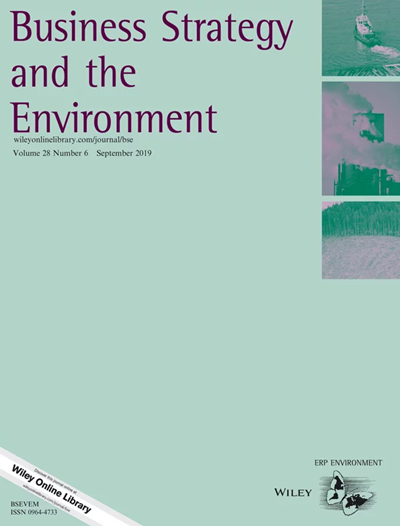生物多样性信用:现状、未来机会和潜在缺陷概述
IF 13.3
1区 管理学
Q1 BUSINESS
引用次数: 0
摘要
生物多样性信用是一种新兴的环保融资工具,但在如何以及何时促进生物多样性保护方面仍存在许多不确定性。在这里,我们定义了什么是生物多样性信用,并通过提出的变化理论探索影响途径。基于34个试点项目的证据,并回顾了相关的基于市场的保护激励措施的经验教训,我们进一步探讨了潜在的机会和缺陷,包括未来的供求关系、捆绑/堆叠选项以及所需的社会保障措施。我们探讨了生物多样性信用如何更好地应对与附加性、持久性、泄漏性和可通约性相关的挑战。虽然新的监测技术可以帮助量化生物多样性,但在实现流动性市场的简单指标和更能充分代表生物多样性的成本更高的指标之间存在权衡。为了避免过去的错误,健全的信贷设计和实施需要更健全的信贷基准、标准、治理和影响评估。质量信贷将比偷工减料的成本更高,这可能会抑制预期的生物多样性信贷热潮。本文章由计算机程序翻译,如有差异,请以英文原文为准。
Biodiversity Credits: An Overview of the Current State, Future Opportunities, and Potential Pitfalls
Biodiversity credits are an emerging vehicle for pro‐environmental financing, yet much uncertainty remains around how and when they could boost biodiversity conservation. Here we define what biodiversity credits are and explore impact pathways through a proposed theory of change. Based on evidence from 34 pilot projects and a review of lessons from related market‐based incentives for conservation, we further explore potential opportunities and pitfalls, including future supply and demand, bundling/stacking options, and needed social safeguards. We explore how biodiversity credits can better tackle challenges linked to additionality, permanence, leakage, and commensurability. While new monitoring technologies can help quantify biodiversity, trade‐offs exist between simple metrics enabling liquid markets and costlier ones more adequately representing biodiversity. To avoid past mistakes, sound credit design and implementation require more robust crediting baselines, standards, governance, and impact evaluation. Quality credits will be more expensive than those cutting integrity corners, which may dampen the expected biodiversity credit boom.
求助全文
通过发布文献求助,成功后即可免费获取论文全文。
去求助
来源期刊

Business Strategy and The Environment
Multiple-
CiteScore
22.50
自引率
19.40%
发文量
336
期刊介绍:
Business Strategy and the Environment (BSE) is a leading academic journal focused on business strategies for improving the natural environment. It publishes peer-reviewed research on various topics such as systems and standards, environmental performance, disclosure, eco-innovation, corporate environmental management tools, organizations and management, supply chains, circular economy, governance, green finance, industry sectors, and responses to climate change and other contemporary environmental issues. The journal aims to provide original contributions that enhance the understanding of sustainability in business. Its target audience includes academics, practitioners, business managers, and consultants. However, BSE does not accept papers on corporate social responsibility (CSR), as this topic is covered by its sibling journal Corporate Social Responsibility and Environmental Management. The journal is indexed in several databases and collections such as ABI/INFORM Collection, Agricultural & Environmental Science Database, BIOBASE, Emerald Management Reviews, GeoArchive, Environment Index, GEOBASE, INSPEC, Technology Collection, and Web of Science.
 求助内容:
求助内容: 应助结果提醒方式:
应助结果提醒方式:


